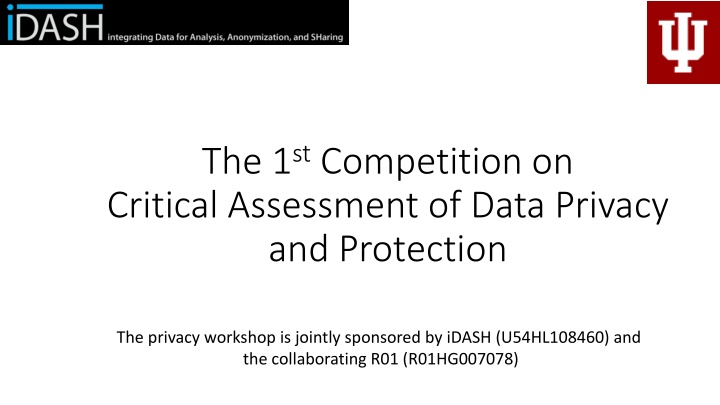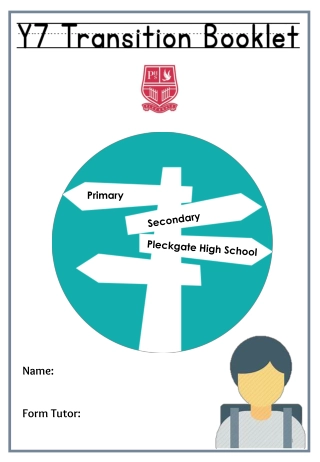
Protecting Patient Privacy and Data Utility in Genomic Research
Explore the challenges of safeguarding patient privacy while maintaining data utility in genomic research. Topics include the sensitive nature of genomic data, methods like aggregation and anonymization, and the need to strike a balance between utility and privacy.
Uploaded on | 1 Views
Download Presentation

Please find below an Image/Link to download the presentation.
The content on the website is provided AS IS for your information and personal use only. It may not be sold, licensed, or shared on other websites without obtaining consent from the author. If you encounter any issues during the download, it is possible that the publisher has removed the file from their server.
You are allowed to download the files provided on this website for personal or commercial use, subject to the condition that they are used lawfully. All files are the property of their respective owners.
The content on the website is provided AS IS for your information and personal use only. It may not be sold, licensed, or shared on other websites without obtaining consent from the author.
E N D
Presentation Transcript
The 1stCompetition on Critical Assessment of Data Privacy and Protection The privacy workshop is jointly sponsored by iDASH (U54HL108460) and the collaborating R01 (R01HG007078)
Human Genome Privacy Human DNA are important to the genomic research, biomedical research, etc., and becoming part of HER Prominent examples: Genome-wide association studies (GWAS) However, genomic data are also highly sensitive Personally identifiable markers: skin, hair color Disease markers What if your insurance company knows?
Grand Challenge How to share genomic data in a way that preserves the privacy of the data donors, without undermining the utility of the data or impeding its convenient dissemination?
Aggregation and Anonymization Simple data aggregation E.g., release of allele frequencies aggregated over a group of participants Aggregated data are considered to be less sensitive than raw data Privacy threat: statistical inferences, e.g., Homer s attack on aggregated raw data 1 Our work on the test statistics reported from a GWAS 2 A popular solution: data anonymization through noise adding E.g., adding Laplacian noise to achieve differential privacy 1. 2. Homer N, et al. Resolving individuals contributing trace amounts of DNA to highly complex mixtures using high-density SNP genotyping microarrays. PLoS Genet. 2008;4:e1000167. Rui W, et al. "Learning your identity and disease from research papers: information leaks in genome wide association study." Proceedings of the 16th ACM conference on Computer and communications security. ACM, 2009.
Utility and Privacy Balance Noise adding brings in artifacts to human genome data, degrading its utility Questions: whether those techniques can be used to support biomedical research in practice
The 1st CADPP Competition Evaluate how effective the best security technologies could be in protecting patient privacy and preserving data utility The first challenge focuses on the tasks for sharing aggregate SNP data (allele frequencies) for GWAS studies
Real Study, Real Impacts Understand the impacts of data anonymization to real-world study: real human genomic data high dimension of a practical scale (involving up to 100K SNPs) Balance privacy protection and utility Goal: maximum utility with minimum controlled privacy risks
Workshop preparation and registration statistics 3/2 4 2 countries 9 states 33 registrations
Teams and Tasks 6 teams U. Oklahoma UT Dallas McGill University CMU UT Austin IU (Baseline) Scenarios: Privacy Protection for GWAS Task 1: raw data sharing Task 2: outcome release
Schedule 9- 9:45 Keynote: Lucila Ohno-Machado 9:45 10: 15: Setting the stage 10:25 11: 25: Presentations by CMU and UT Austin (delegated by IU) 1 pm - 3pm: Presentations by UT Dallas, U. of Oklahoma, McGill, IU 3:10 4:10: Panel discussion 4:20 5pm: Summarization












